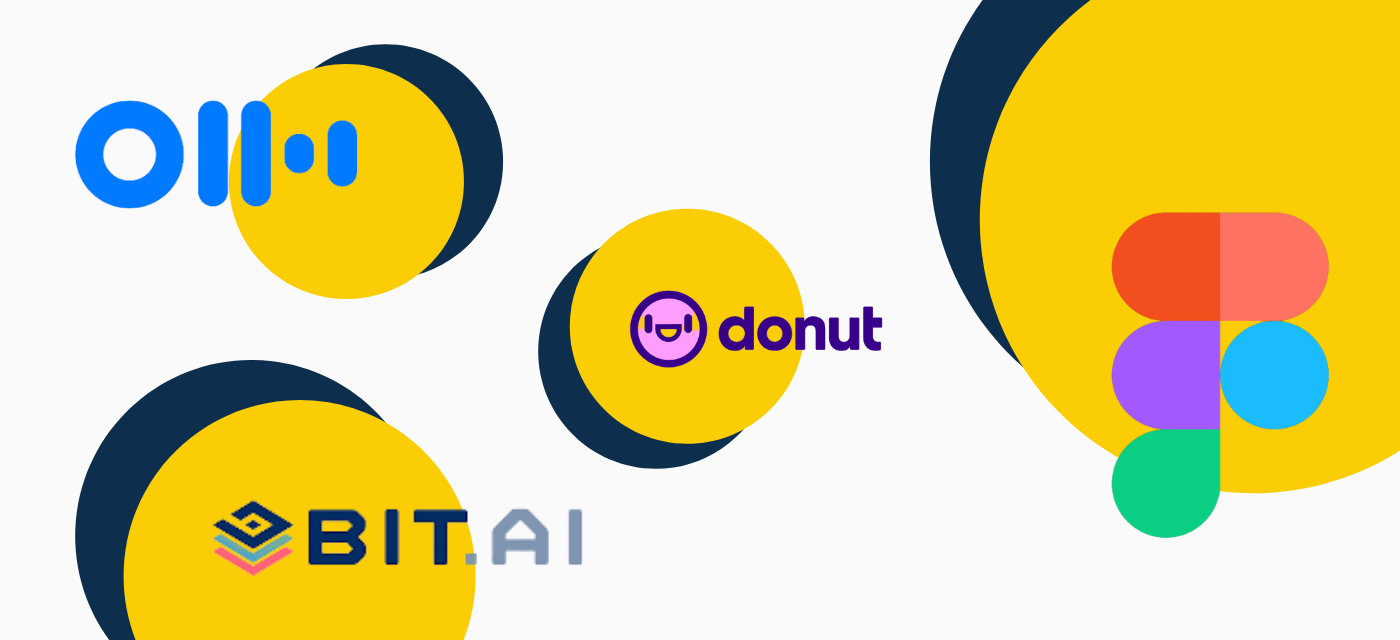Navigating 1 of 6 new people risks: diversity and inclusion
Done well, hybrid working has several advantages and is largely considered one of the few positive outcomes of Covid-19. But hybrid work has the potential to disadvantage women, minorities and those working outside of a traditional office-based 9-5 if we’re not careful.
Through a series of roundtables with more than 100 businesses and HR leaders, we’ve identified diversity and inclusion risks as 1 of 6 new or accelerated risks following Covid-19.
What do the new D&I risks look like?
New ‘classes’ of workers
Hybrid has created a great divide: those who come back to the office for meetings and most of their work and those who choose to stay at home.
A common environment where this can be brought to the surface is during hybrid meetings - where some people are together in a meeting room, wearing suits and chatting amongst each other while others are at home, dressed casually and not as easily included in conversation.
Slower career progression
Those who are present in the office and visible to leaders get more opportunities to learn or be put on special projects so, when it comes time for promotion decisions, they’re front of mind with the good work which has been observed.
Of course, people working remotely could have been doing their work as well or even better, more productively. But it’s less visible.
How to do hybrid well
The good news is that there is a path forward if done well and its a really good time to reset on flex and hybrid. So how?
One key part of doing hybrid well, is getting visibility into what everyone is doing, how well they’re doing it, and giving equal opportunity for learning opportunities, regardless of where they are doing their work.
We need systems and data to inform these decisions.
Just as systems and data now drive decisions in Marketing, Finance, Operations and other areas of the business, it’s time the decisions about our people stepped up too.
Tackling these D&I risks
Use data to even the playing field
- For consistent, inclusive employee experiences, we need hybrid and home workers’s work to be just as visible as the work done by people in the office - we need data to get an objective view.
- Data is the key to assessing the risk and progress
Help leaders to think about work in a new way
- Self-awareness to change a mindset - focus on the work and not the mental models we’ve all known in the past.
- Give them confidence their team is working against the right outcomes, wherever they are (through visibility)
- Put processes in place which reduce the reliance on manager beliefs to architect consistent employee experiences
Benefits beyond women and minorities
There are benefits for everyone, not just women and minorities, if we do hybrid work well.
We know that workloads have increased by 11-25%, leading to increased burnout. This isn’t sustainable. Both men and women, Millennials and Baby Boomers, and minorities and majorities can all find a better way to work if we take the opportunity to reset the way we approach work, deliver on our outcomes and work with our teammates.
We need to build these capabilities into the workforce, otherwise talent will take matters into their own hands and find an organisation who will.
At the time of writing this, it’s the tightest talent market in 20 years, presenting a real opportunity for people to get the flexibility they want without the career penalties it’s come with in the past.
Taking action
Plan for inclusion risks ahead of time
A good place to start is to download the menu for flex to better understand the different options for different workers (eg. split or bid-shifts for front-line workers who can’t work remotely).
It’s also worth considering that agile environments can be rigid and ‘exclusive’ for those who can participate at all times. Agile principles and workflows need to be set up with a diversity lens early in the processes - specifically to enable (not just accommodate) flexible work and therefore a diverse workforce. Make this planning process an upstream process in the workflow.
We know there are diversity, productivity and health benefits to giving people choice about their work location, but there are also benefits to cross-team collaboration, and engagement from coming into the office. How do we provide flex beyond location, so we can include all people in this new world of work?
Check out our Flex Playbook for tips on how to think outside the box.
Invest the in the right technology
This new work paradigm has threatened a lot of entrenched biases and norms, which has been a game changer for leader mindset and presents a world of opportunity for flexible workers who have been held back in the past.
But this hybrid work (and increasingly ‘Agile’ work) environment presents new risks to inclusivity and diversity. With the backward steps taken during COVID, we can’t afford not to pre-empt and consciously mitigate those risks.
Speak to our team about the Beamible platform solution, designed to bring unprecedented visibility into your workforce with remote working tools, team-based collaboration and workforce insights.





